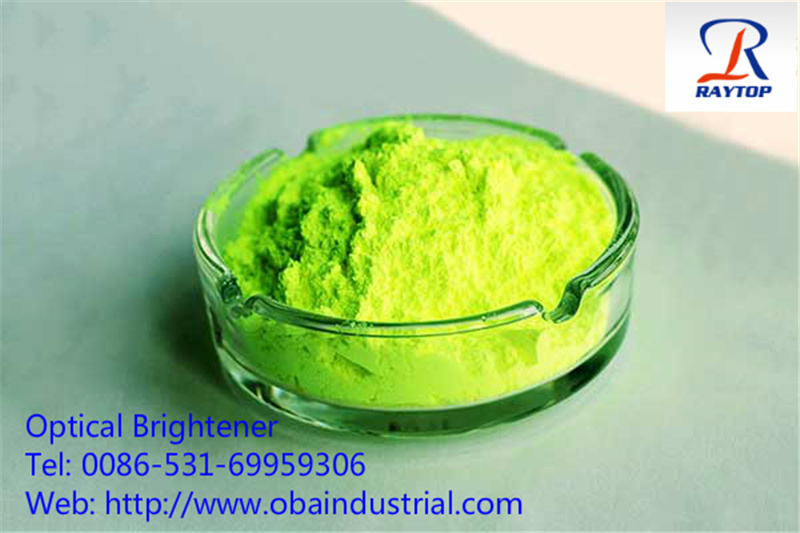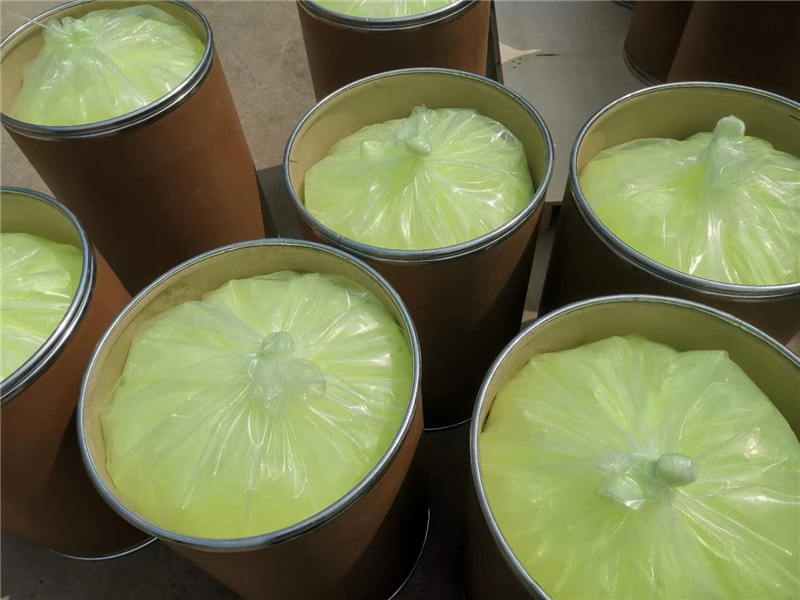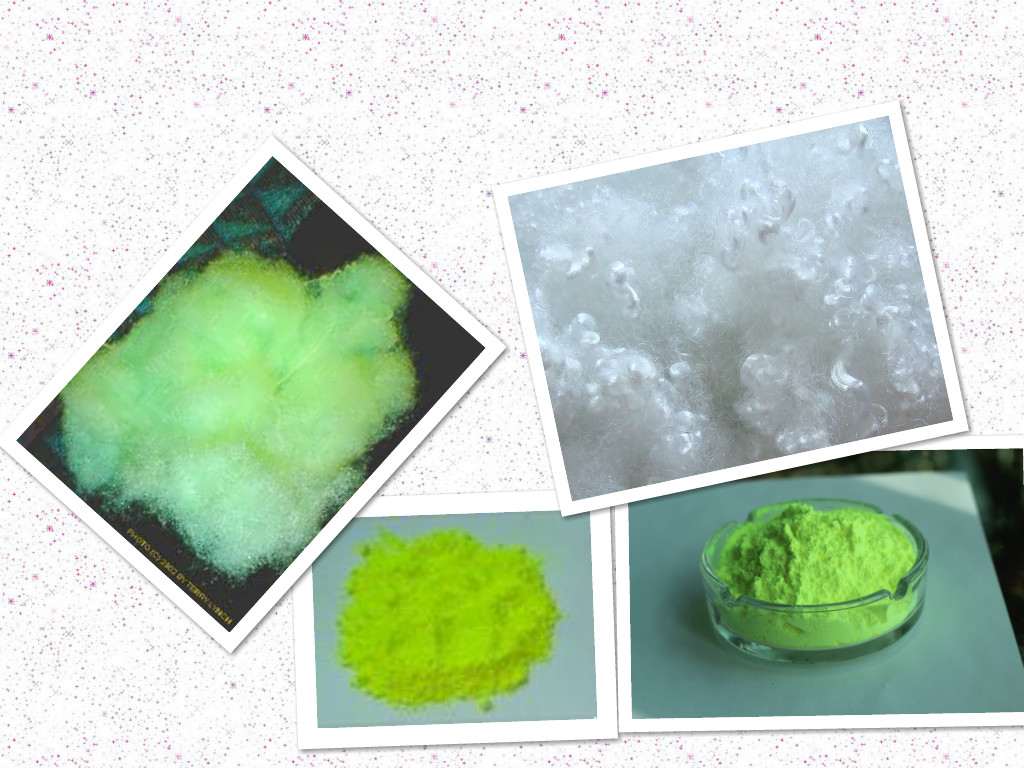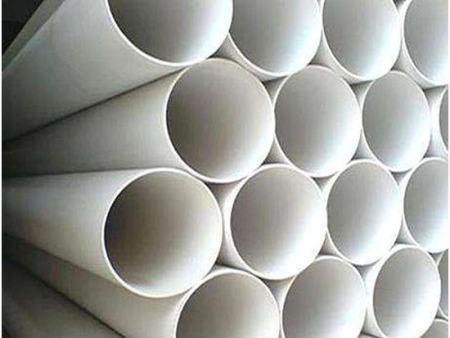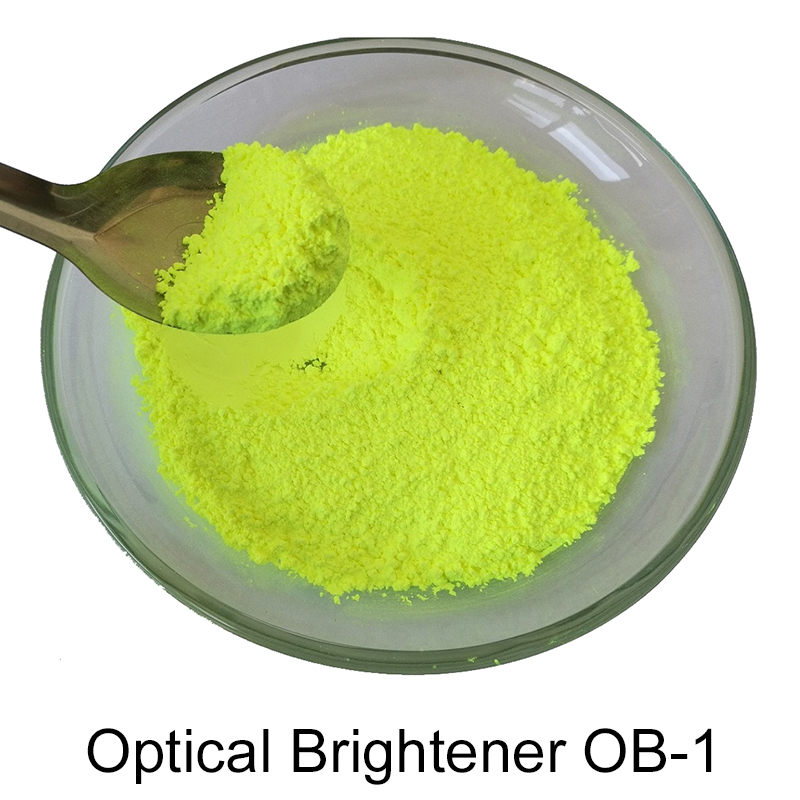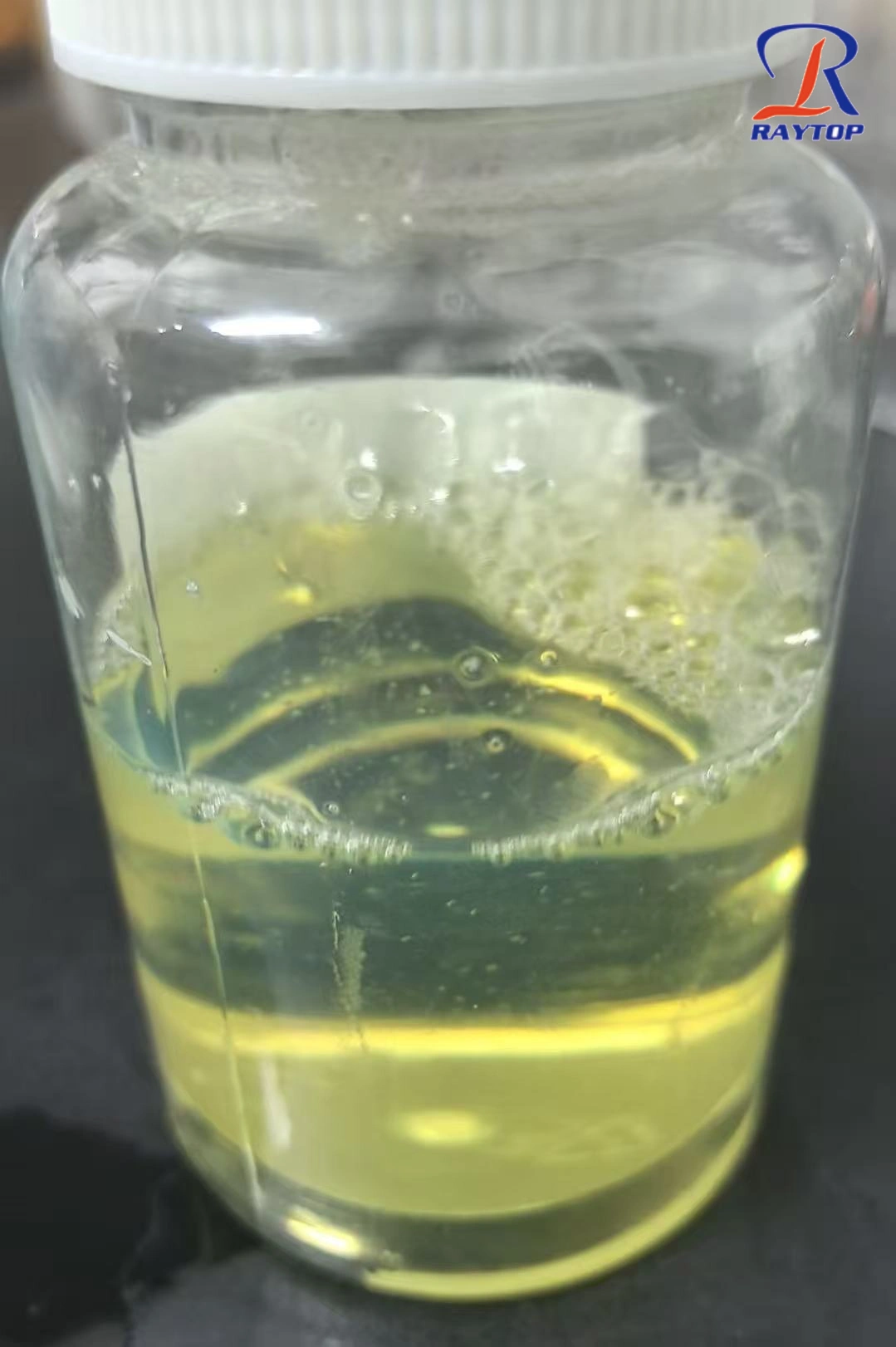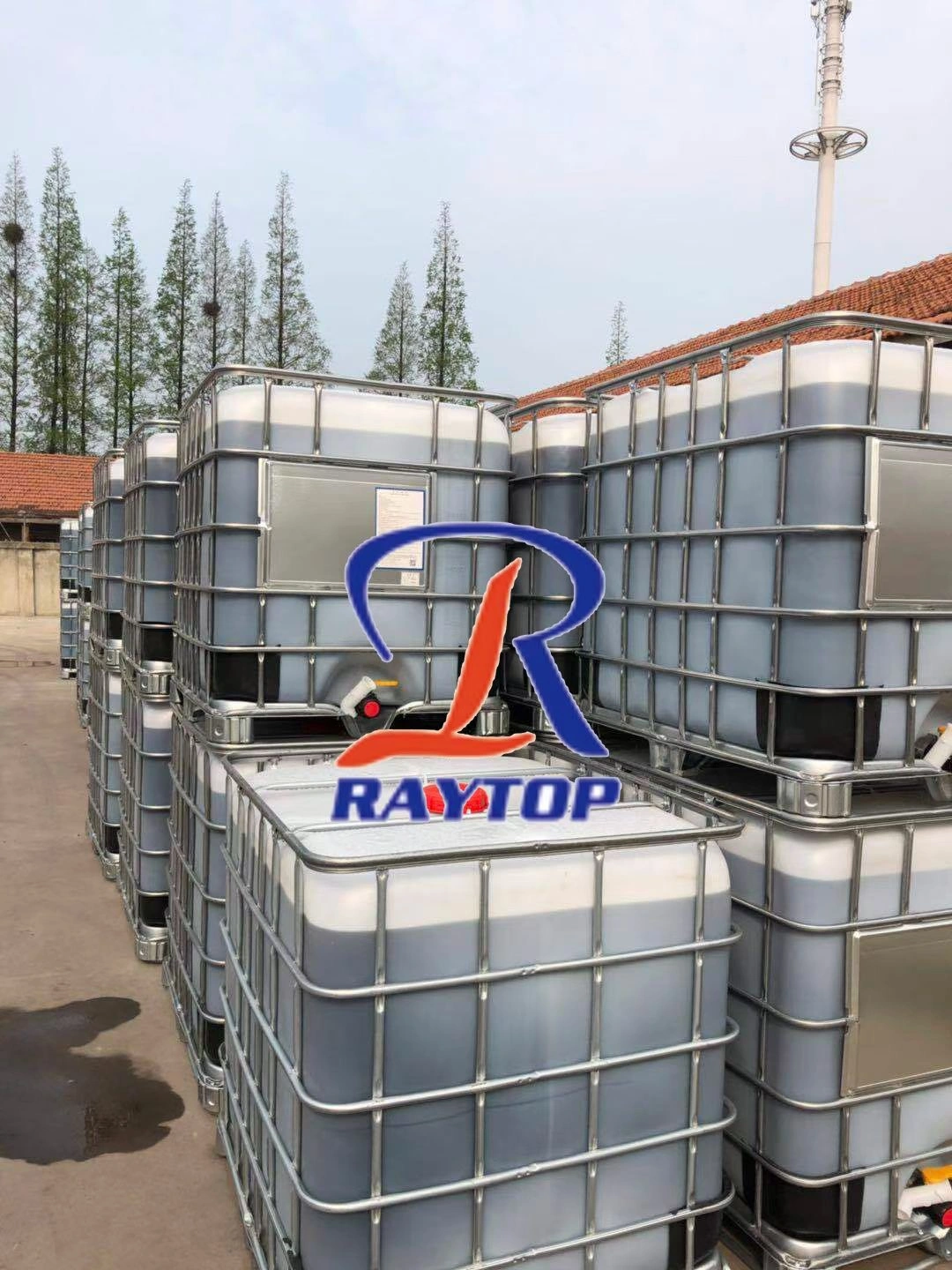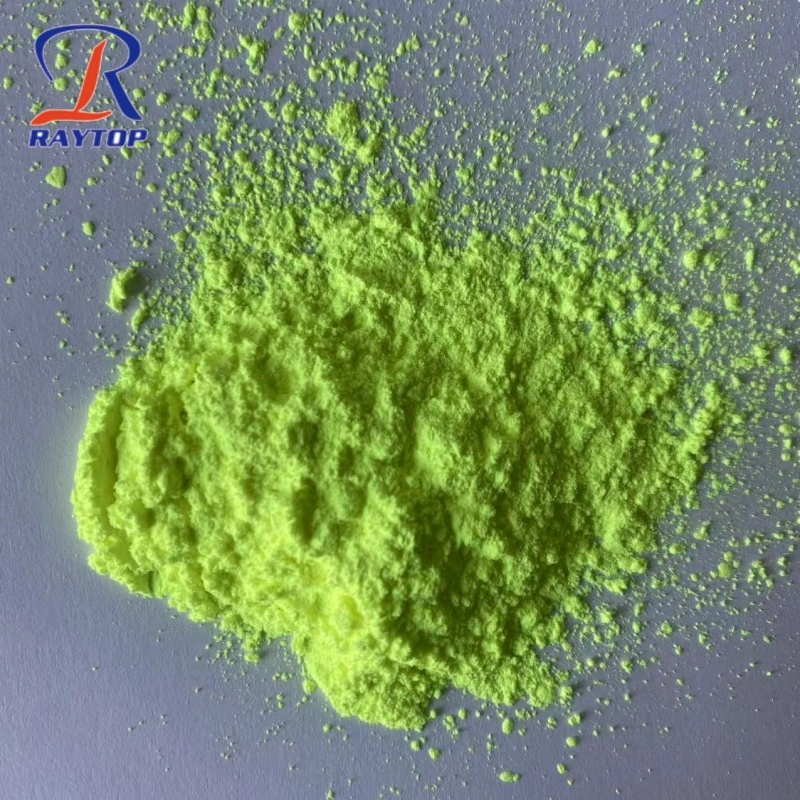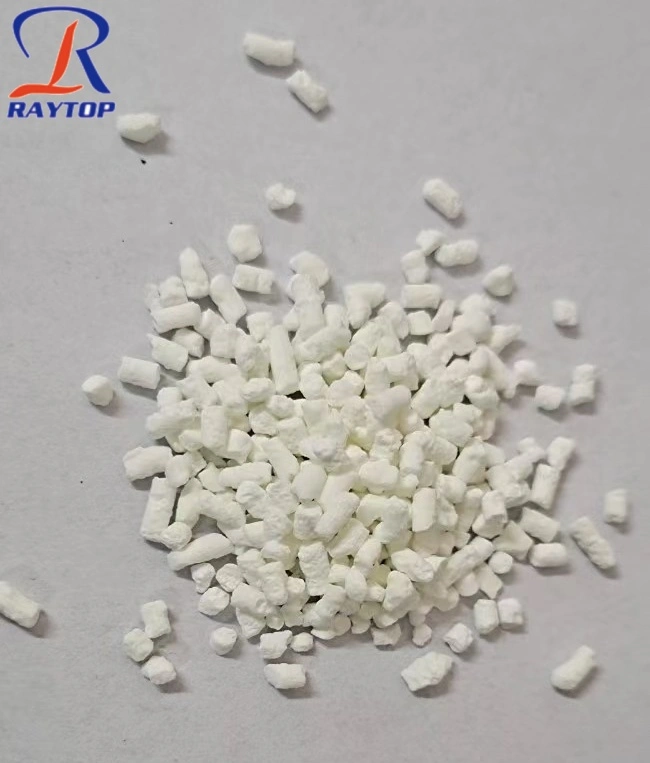As we all know, PVC materials account for a very large proportion of the Russian plastics industry, so how to use good additives to make PVC do not change color and look whiter?
In the production and application of PVC profiles, thermo-photooxidation reaction occurs. Under the action of heat and pressure, the polymer is oxidized by trace moisture, acid, alkali and other impurities and air, and the molecular weight decreases and the macromolecular structure changes. .
This kind of chemical change is called degradation, and its most intuitive manifestation is the yellowing of the surface, the gradual loss of luster, and the serious even graying. The discoloration of the profile causes customers to doubt the performance of the PVC material, and the consequences are serious.
1. Discoloration of PVC profile
1. Discoloration due to heat, oxygen, and light aging
Many people think that to solve the problem of color inconsistency in profile processing, as long as the yellow profile production line reduces the processing temperature, the color difference can be reduced. However, some people believe that PVC, CPE, stabilizers, and other main and auxiliary raw materials of different batches of PVC, CPE, stabilizers, etc., will have different color differences during processing.
In this case, even a single addition of a certain amount of brightener and anti-photoaging agent will not have much effect. The main manifestation of heat, oxygen, and light aging discoloration is the yellowing of the profile. Some stabilizer manufacturers claim that their products can reduce the number of copies and reduce the cost compared with similar manufacturers when they promote their products. It is possible to produce profiles with satisfactory appearance, but in the recycling of waste products and in the strict process temperature requirements, due to its insufficient thermal stability efficiency, the damage to the molecular structure of PVC is not observable by the naked eye, so during production Some of the following situations occur:
(1) When the profile is processed, it is found that the color is not uniform (such as a slight deviation of the color is allowed);
(2) The profile is obviously yellowing after heating and deformation;
(3) The condition is good after heating, but the profiles will turn gray after a short time when they are made into doors and windows. The profile does not turn yellow in normal production, but turns yellow in the subsequent windowed products. In the process of profile production, when the basic conditions such as raw materials and molds are unchanged, if the temperature of the plasticization section and homogenization section is increased by about 5°C, the resulting profile tends to yellow, which also indicates that its thermal stability efficiency is insufficient , The amount of heat stabilizer should be increased, especially when the whitening aids such as fluorescent whitening agent are added to the formula, the heat stabilizer is insufficient and the whitening effect is not obvious.
2. The relationship between PVC molecular structure and color
(1) Because PVC resin is a kind of heat-sensitive plastic, its light stability is poor. Under the action of heat and light, the branched chain will undergo de-HCI reaction and polyene structure molecules. When the number of conjugated double bonds in the main chain is not too much, it will be produced. With slight chromatic aberration, hydrogen chloride will first react with the surrounding potential acid-reactive substances, and its conjugated double bond becomes a new active position in the PVC molecular chain. After being triggered by light into macromolecular free radicals, PVC is prone to oxidation, resulting in Discoloration.
(2) There are a certain amount of low molecular weight components in the PVC resin, which reduces the thermal stability of the polymer. The decomposition mechanism of PVC includes free radical mechanism, ionic mechanism, and single molecule mechanism. In addition to PVC decomposing stabilizers, there are It may be affected by the quality of the PVC resin itself, such as whether there is too much residual initiator in the PVC resin.
(3) If there are certain impurities in the polymer, for example, the initiators, catalysts, acids and alkalis added during the polymerization process can not be removed completely, or the absorption of water during storage and transportation will reduce the stability of the polymer. Because these substances can cause molecular-ion degradation reactions, CPE contains more low-molecular substances such as Cl2 and HCl, which can easily accelerate the thermal decomposition of the resin. Therefore, for the poorly stable PVC+CPE system, the yellowing problem of some profiles can also be eliminated by increasing the amount of stabilizer.
(4) Rigid PVC structural profile, which is a mixed system composed of polyphase polymer with PVC as continuous phase and mixture kneading heat stabilizer, light stabilizer lubricant, filler and pigment. When PVC profile is exposed to natural environment When the PVC component is dehydrochlorinated, the original calcium carbonate component will be converted into a new calcium chloride component, which is dispersed in the oxidative degradation product layer and forms potential water absorption sites, which is one of the reasons for the yellowing of outdoor profiles .
(5) In addition to temperature and stress, plastics are subjected to shear stress and tensile stress in processes such as high stirring, cold stirring, and extrusion before forming, causing thermal degradation.
When solving chromatic aberration, a single method cannot solve the problem ideally. For example, it is faster to solve the problem from the overall consideration of the following four aspects:
(1) The color becomes whiter when lowering the processing temperature than without lowering the processing temperature;
(2) The effect of simply adding a single lead salt to the composite stabilizer is better than not adding the composite stabilizer;
(3) Simply adding stabilizers is not as good as using partial stabilizers and whitening master batches or high whiteness fillers to increase the effect of titanium dioxide quickly;
(4) It is better to simply add titanium dioxide and moderately add some internal lubricants. It is generally believed that low-molecular substances have a plasticizing effect on polymers. One of the mechanisms is that the interaction between macromolecules and small molecules replaces the interaction between macromolecules, which makes the movement of macromolecular segments much easier.
The above measures will prevent the decomposition of PVC to varying degrees and reduce the inconsistency of color in profile processing. The author believes that the most effective way is to optimize the design from a stable system and fundamentally inhibit the conjugated polychromatic structure of PVC.
In the production practice, the self-made ultraviolet lamp tube was used to carry out the ultraviolet aging of the profile for 12 hours, and there was obvious color change. It is undoubtedly necessary to carry out the natural weather exposure and aging test on the product in time, in order to screen out the formula with excellent weather resistance from the small material aspect.
3. Discoloration of lead-sulfur pollution
According to customers' feedback: "After the PVC profile is exposed to rain and strong sunlight outdoors, the surface of the profile changes color, and some of the profiles on the same window change more severely in the place where the raindrops remain, and the surface color is light gray or light gray.
Among other reasons, the uneven dispersion of ultramarine blue as a light cyan coloring agent is one of the reasons. Ultramarine-aluminum silicate sulfur-containing compound is alkali-resistant and not acid-resistant. It is used in a large amount or accumulated in a large amount in PVC profiles. Theoretically speaking, black lead sulfide may be formed by the interaction with sulfur-containing compounds, and the phenomenon of discoloration has appeared in many profile door and window factories. This is a noteworthy problem for profile factories that use lead salt series stabilizers while adding lower-quality titanium dioxide and ultramarine.
Some manufacturers also report that the profiles in contact with the rubber seals also have obvious discoloration, and the discoloration extends to the surroundings. In addition to the inferior seals containing easy-to-precipitate oil-like materials, the other reason is the effect of the residual sulfur and lead in the rubber seals. The result of producing lead sulfide.
2. Whitening of PVC profile
1). The whitening principle and model selection of optical brightener
Optical Brightener is a special powdery organic substance that can absorb ultraviolet light waves of 300nm-400nm, convert the absorbed energy, and radiate 420-480nm purple or blue fluorescence, and use it to compensate for the loss of reflection by the substrate Purple or blue wavelengths. Therefore, it can be said that the Optical Brightener not only whitens but also has a certain ultraviolet absorption effect. A small amount of blue pigment is added to the white product to achieve the purpose of "shading yellow".
The Optical Brightener increases the amount of reflected light and plays the role of "adding light", which is different from the "lightening" effect of adding blue and whitening. Increase the surface brightness of the product, make the color of the product clearer and more vivid, and achieve the whitening effect of "radiant and radiant". The selection of the type of Optical Brightener should take into account the melting point and decomposition temperature, light fastness, solubility and maximum absorption wavelength.
Such as optical brighteners PF type have a low decomposition temperature, the initial decomposition temperature is 178℃, the maximum absorption wavelength is 363nm, and there is sublimation. Although the price is low, the effect is not good. If choose Optical Brightener OB , melting point is 196-203℃, decomposition temperature is greater than 220℃, maximum absorption wavelength is 375nm; Optical Brightener OB-1, melting point is 353-359℃, maximum absorption wavelength is 374nm, maximum emission fluorescence wavelength is 434nm, especially suitable for PVC Products. In addition, "FP-127" has excellent compatibility with PVC and can also be used for PVC products.
Today,we mainly introduce optical brightener OB-1 to you.
optical brightener OB-1 main feature is the high melting point, which can reach 360 degrees Celsius, which is a good choice for the production of high temperature products.
The optical brightening agent OB-1 has two appearance colors, green and yellow. The whitening effect is the same except that the shade of yellow OB-1 is a little purple. But for customers who produce color masterbatches, the yellow-green appearance of the fluorescent whitening agent OB-1 directly affects the appearance color of the particles, so be careful when choosing.
The optical brightener OB-1 is widely used in PP, PET, PS, ABS, HDPE, LDPE, PVC, PBT etc plastics industry. In addition, the optical brightener OB-1 is also widely used in polyester staple fiber and color masterbatch.
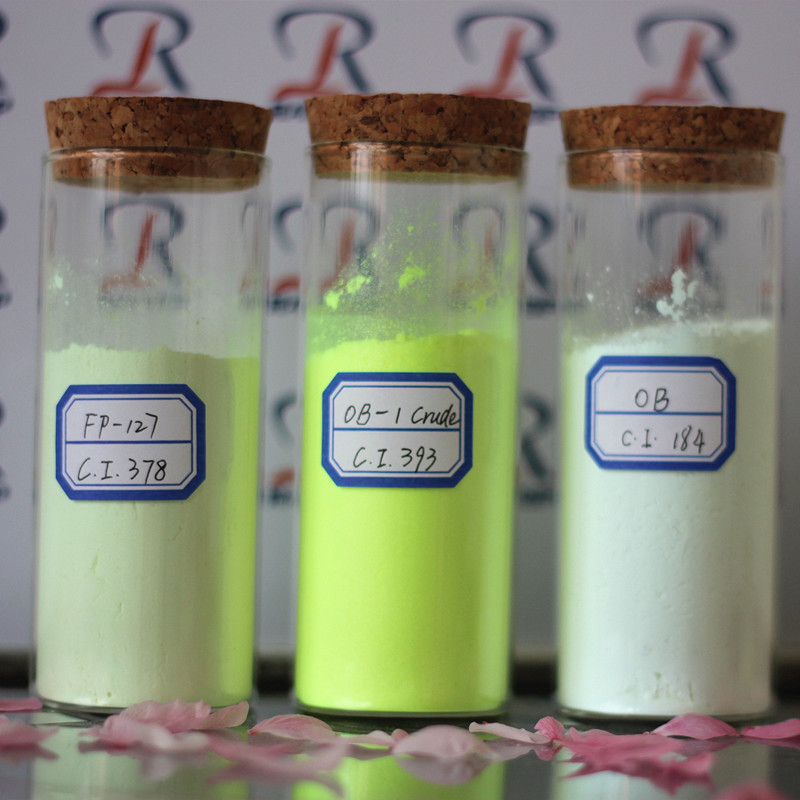
2). Titanium dioxide
Titanium dioxide is an excellent white pigment, widely used in plastic profiles. It is also a very good light shielding agent.
Rutile type (R type) titanium dioxide has a relative density of 4.26 and a refractive index of 2.72. It can reflect or refract most of the visible light, and can completely absorb ultraviolet light with a wavelength less than 410nm. It has good heat resistance and weather resistance, and has a strong effect of shielding ultraviolet rays. One of the important raw materials for weather resistance of profiles.
Titanium dioxide also has the effect of inhibiting the dehydrochlorination of PVC and delaying the decomposition of PVC. However, due to its high market price, some profile factories have reduced the amount of titanium dioxide to 3.6 parts or even less in order to reduce costs, which greatly reduces the profile. For the weather resistance, there are reports in the literature: when the content of titanium dioxide in the product is 8%, the coverage rate tends to be balanced, and it is useless to exceed the range.
Since the addition of titanium dioxide to the polymer material will increase the viscosity, reduce the fluidity, and increase the torque, which will cause processing difficulties. Generally, about 5 parts are added. If the whiteness is insufficient, a small amount of fluorescent whitening agent can be added.
3). The choice of pigments
Many manufacturers use inorganic pigments for ultramarine whitening and toning. They believe that inorganic pigments have good lightfastness, but they do not know that their fastness is only 1-2 (proven by Guangzhou Aging). Although ultramarine blue has good heat resistance, its acid resistance is very poor. Because PVC will decompose hydrogen chloride during processing, once it is mixed unevenly, it is easy to decompose and discolor some polymer materials with high ultramarine content and form free Sulfur, in turn, reacts with the stabilizer lead salt to produce lead sulfide, causing the white profile to darken in color.
The use of fluorescent whitening agent and phthalocyanine blue for whitening and toning in PVC profiles has better weather resistance than ultramarine blue. However, the dosage of phthalocyanine blue is not easy to control. The coloring rate of phthalocyanine blue pigment per 100 kg of PVC/1.5g is 20 times larger than that of ultramarine blue, which is prone to chromatic aberration. Moreover, since the general phthalocyanine blue produces green light, the sensory effect is not good.
